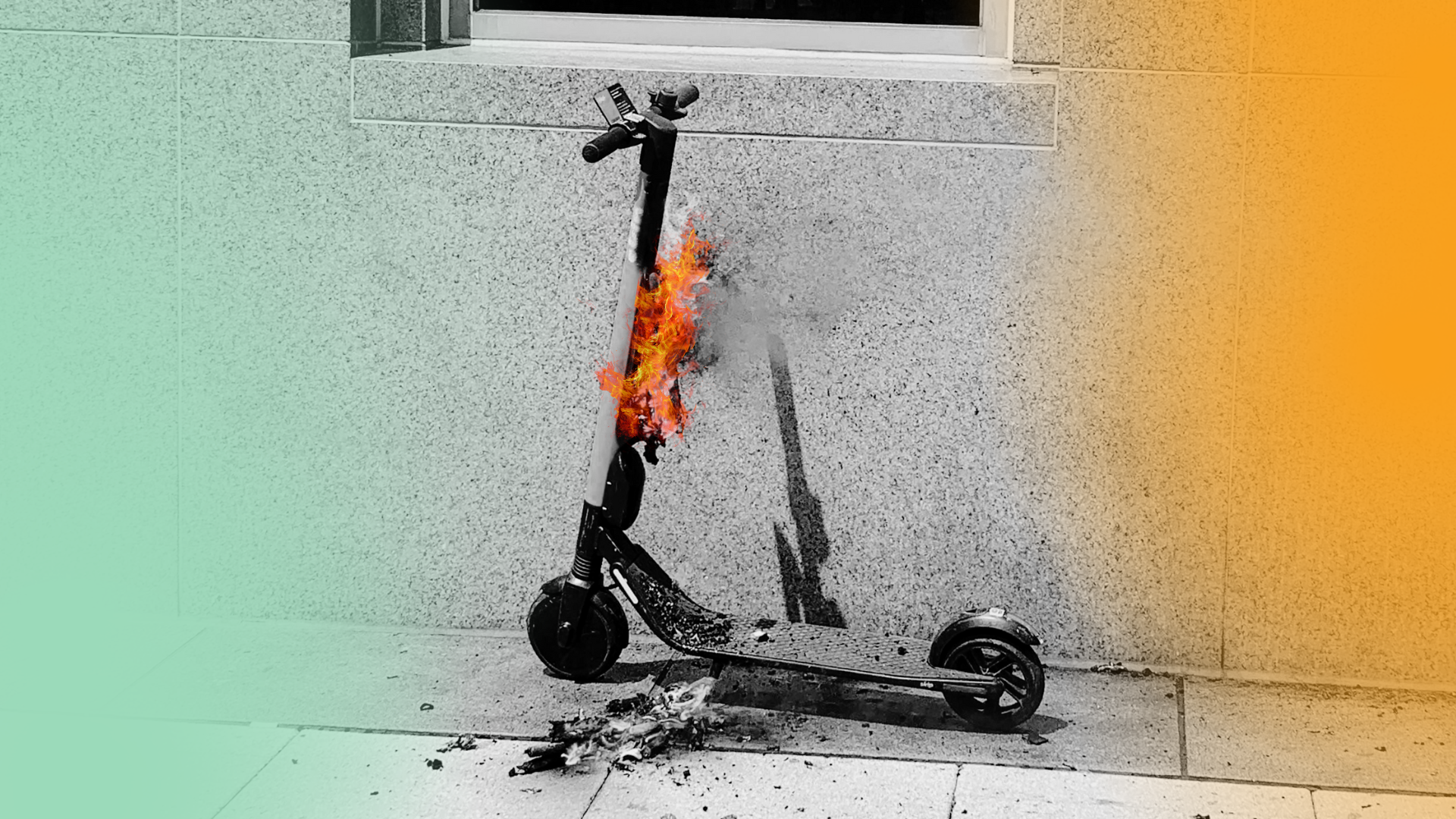PAT (EET) Testing for Musicians: The Basics
Keep on rocking, safely!

We're taking a look at PAT (EET) testing for musicians. This requirement can often catch artists off guard when venues request documentation (not just stickers) to prove the electrical safety of their equipment.
So, Whether you're a solo artist, part of a band, or a venue owner, understanding the basics of electrical safety can save lives and ensure your performances go off without a hitch.
1. What is PAT Testing?
PAT stands for Portable Appliance Testing. It's a routine inspection of some electrical appliances to ensure they're safe to use. The test involves both a visual inspection and an electrical test. For musicians, this means checking equipment like amplifiers, mixers, and other electrical instruments.
2. Fixed vs. Portable Equipment
Fixed Equipment: This refers to electrical equipment that is not meant to be moved often. Examples include large amplifiers or fixed lighting rigs. While they might not be moved from place to place, they still require regular checks to ensure they're in safe working order.
Portable Equipment: These are items that are moved frequently, like guitars, keyboards, or portable speakers. Due to their mobility, they're more prone to wear and tear, making regular PAT testing crucial.
3. Duty of Care
Musicians, just like any other professionals, have a duty of care to ensure the safety of themselves, their bandmates, and their audience. This means:
- Regularly inspecting and maintaining equipment.
- Ensuring all equipment is used as intended and safely.
- Complying with venue rules and regulations.
4. Musicians' Union Insurance Requirements
If you're a member of a musicians' union, it's essential to be aware that many insurance policies require regular PAT testing of equipment. This not only ensures your safety but also keeps you compliant with your insurance terms. Always check your policy details and stay updated with any changes.
Electrical safety might not be the first thing on your mind when you're gearing up for a gig, but it's undeniably crucial. Regular PAT testing, understanding your equipment, and being aware of venue rules can make all the difference. So, let's keep the music playing and ensure it's done safely!
Find out more about our services for
Sound and Stage here.











